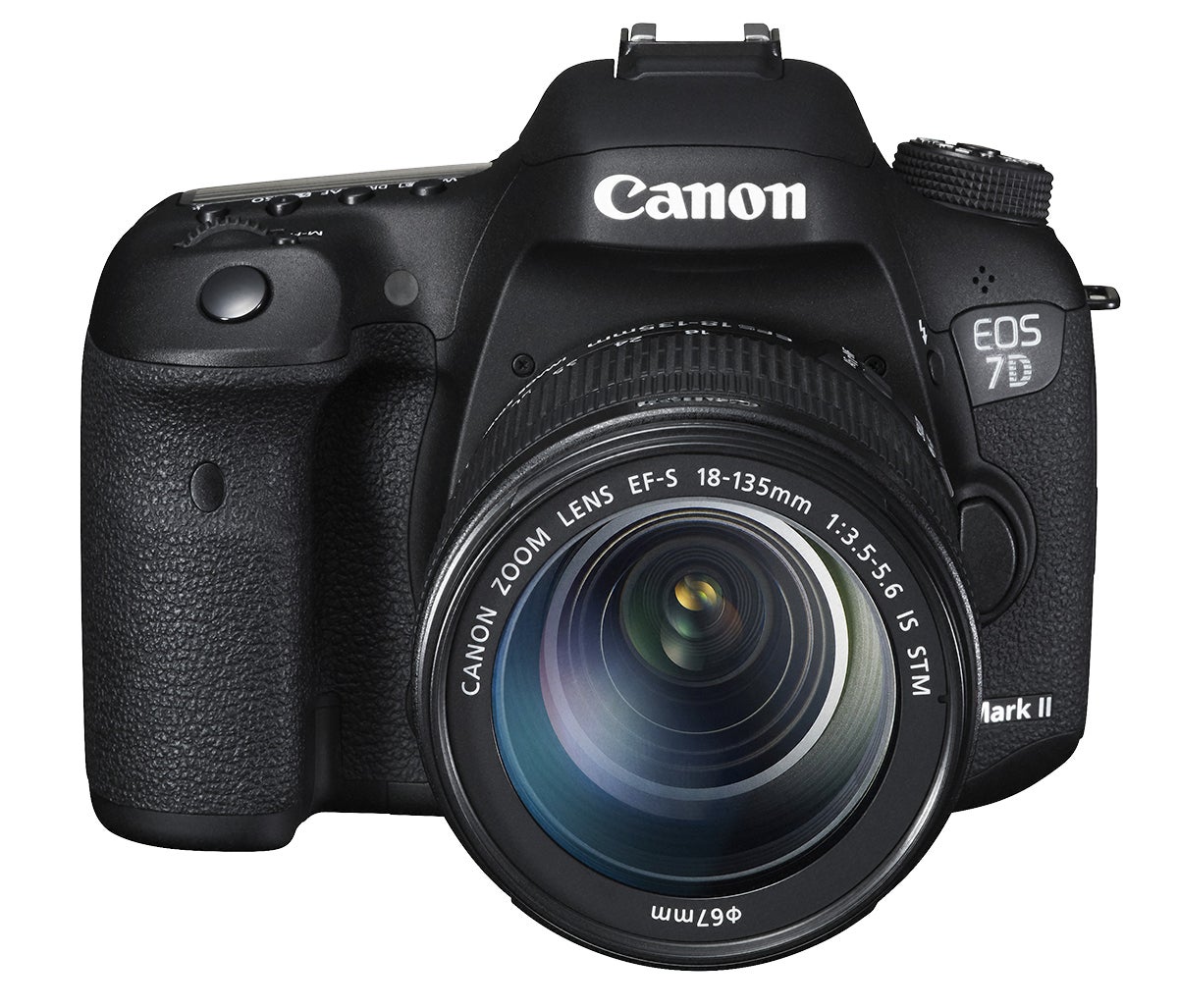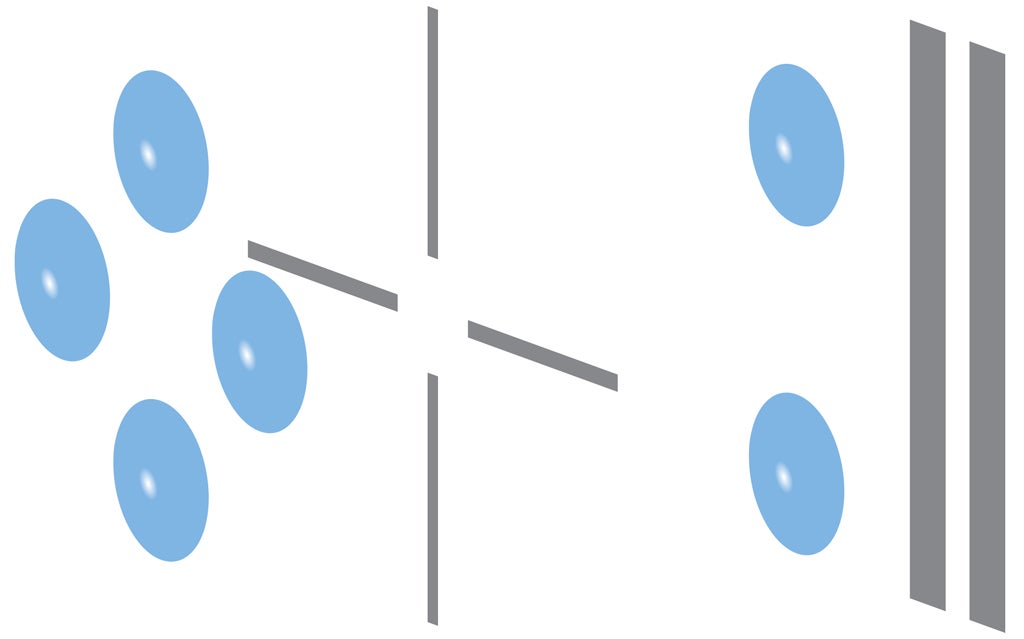Following the release of Canon’s EOS 7D Mark II with 65 cross focus points, Bob Newman looks at the advantages and disadvantages of such an autofocus unit
One of the standout features of the new Canon EOS 7D Mark II is its autofocus unit with 65 focus points, all of which are the cross-type. The specification of new cameras is one of the major factors in their success, and the provision of 65 cross focus points certainly outguns the competition. The Nikon D7100, possibly the EOS 7D Mark II’s closest competitor, has 51 focus points and only the central block of 15 are cross points.
In this article I’ll look at why the designers of these two AF systems have taken a different approach. Some people believe that one company has access to superior technology to the other, but when you look inside an autofocus unit they are remarkably similar – and the number of cross points does not add greatly to the complexity – so the conclusion must be that the designers had different priorities. The first question to ask is whether cross points are necessarily better.
The major advantage of a cross focus point is that it can focus on both the horizontal and vertical detail, whereas a normal linear point can focus only on one, vertical or horizontal, according to its design. So, the cross point will find something to focus on in more cases than a straightforward linear point. Put simply, a cross point is a horizontal and a vertical point overlaid, which means that it requires two strips of sensors rather than one.
Since the optics and mechanical design of an AF sensor limit the size of the sensor chip, cross-point sensors must inevitably use smaller sensor strips, which means that they will have both a sensitivity disadvantage and size against straightforward linear points. Also, the further towards the edge of the frame the cross focus point is positioned, the less effective it becomes in one of its two axes (depending on whether it is towards a vertical or horizontal edge). This is because the simple optics of the AF unit are subject to some quite severe aberrations at the edges of the frame.
So, making all the focus points cross points is not a simple design choice, even if it is clearly better for marketing. Cross points capture detail in both directions, but may be less sensitive and perform worse at the edges of the frame. The precise trade-off will vary from design to design, so it’s not surprising that different designers make different decisions.






